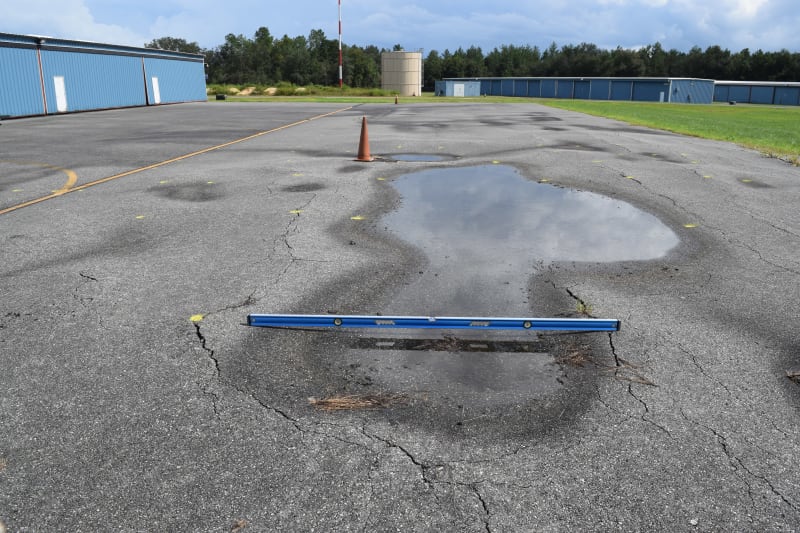I've recently had a good query from a Contractor.
We're working on a site with large volumes of coal ash, generally coarse (gravel-sand) bottom ash, which from all available laboratory results is an excellent engineering material.
Problem is, for a number of samples tested, the maximum density and optimum moisture content show an incredible range. I can find no set standard in my local legislature for controlling the compaction of these materials...but the nuclear gauge results we're obtaining are all over the place, indicating compaction ranges of 85 to 110% despite the material being uniformly engineered.
Any tips for the field control of variable density ash? I'm happy with visual confirmation, but I expect the authority will be requesting compaction records fairly soon...
Cheers,
Mike
We're working on a site with large volumes of coal ash, generally coarse (gravel-sand) bottom ash, which from all available laboratory results is an excellent engineering material.
Problem is, for a number of samples tested, the maximum density and optimum moisture content show an incredible range. I can find no set standard in my local legislature for controlling the compaction of these materials...but the nuclear gauge results we're obtaining are all over the place, indicating compaction ranges of 85 to 110% despite the material being uniformly engineered.
Any tips for the field control of variable density ash? I'm happy with visual confirmation, but I expect the authority will be requesting compaction records fairly soon...
Cheers,
Mike

